READY TO GET STARTED?
REQUEST A FREE ESTIMATE
Fill out the form below or call (888) 466-7849 for a free, no-obligation estimate.
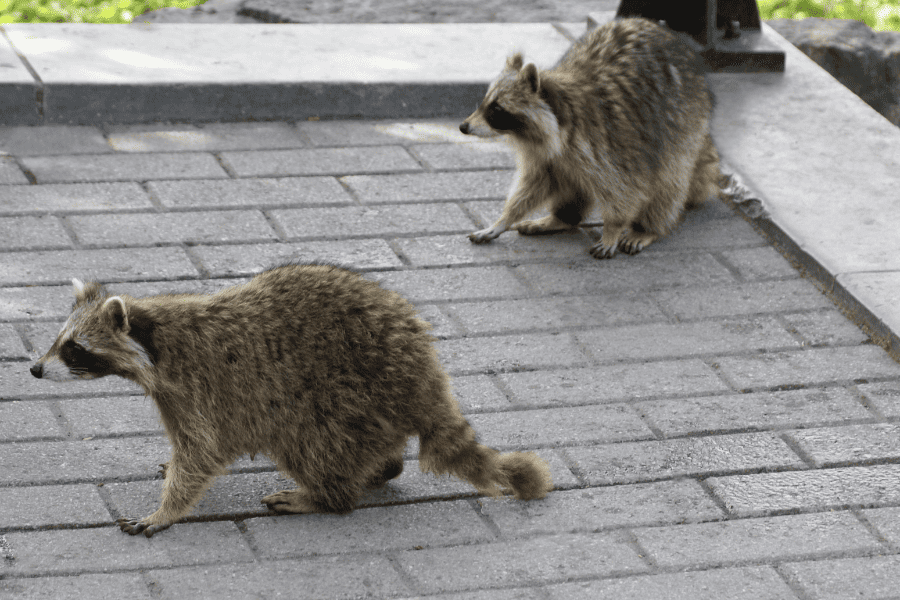
Cooler weather is approaching, and this means that wildlife will soon begin searching for warmth and shelter. This could result in them entering your home and making it their sanctuary for the season. Let’s go over common wildlife in Georgia you might see this fall and how you can deter them away from your home!
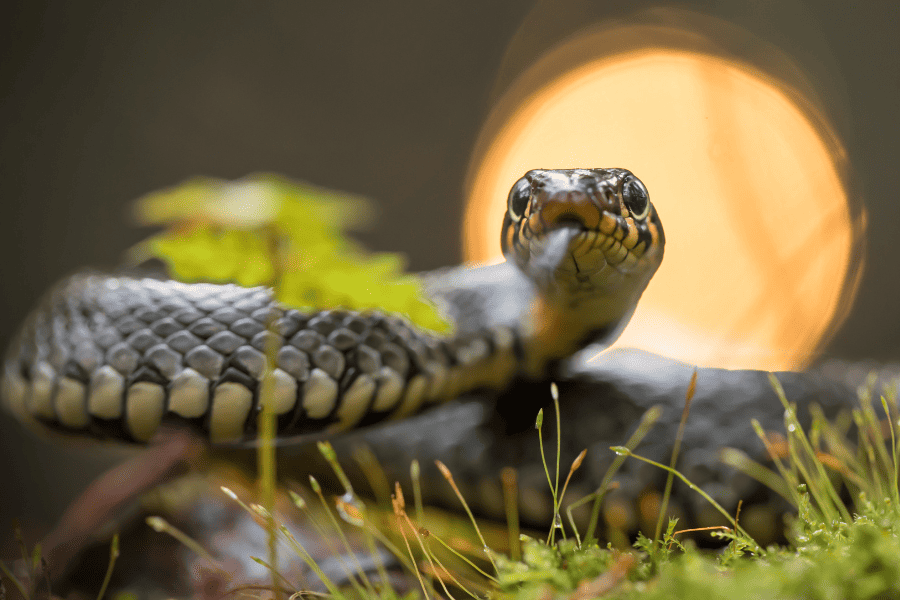
Snakes can be more common in the fall time, as they start to search for a place to begin their hibernation or brumation over the winter months. Snakes might also be more noticeable as certain snake species mate in the fall months. These creatures can go into hiding as late as December, so it’s important to keep an eye out for them until then. Sealing cracks in your foundation and making your property less appealing to them will help deter them from seeking shelter nearby.
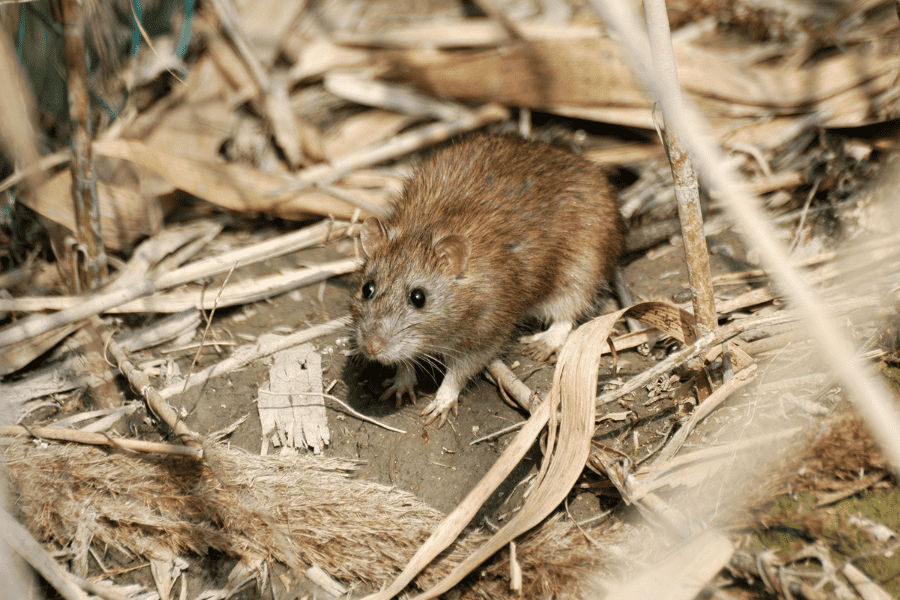
Rats and mice will often seek shelter in your home as it provides them with a readily available food supply throughout the winter. You will begin to hear their activity in the walls and attic in the fall as they start storing food in their nests. Keep these rodents out of your home by sealing up holes inside and outside of your home and storing food in airtight containers.
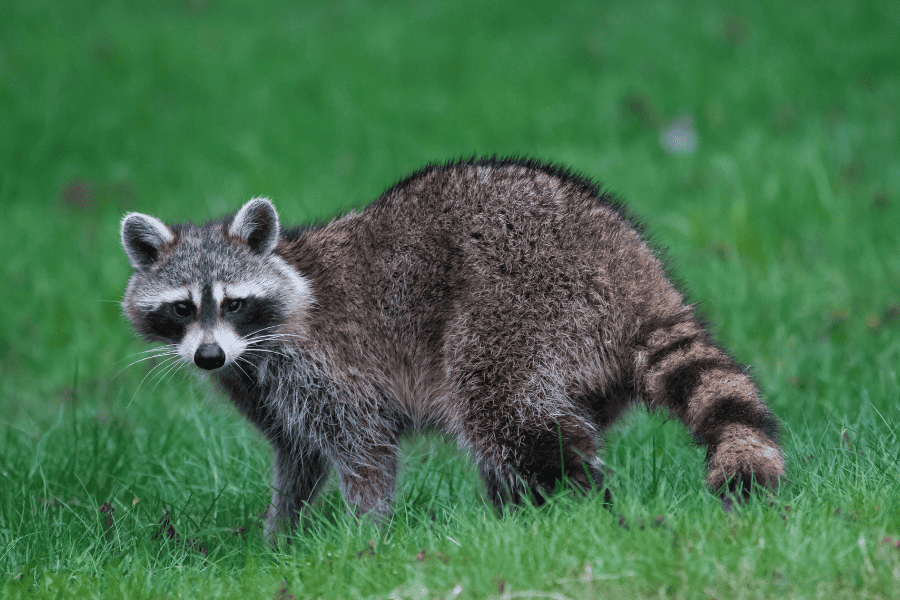
These nocturnal creatures will mostly be seen searching for food at nighttime throughout the fall. They begin searching for food in the fall to prepare for the winter months when food is scarce. Food scarcity will encourage them to be more active and creative in their search for food, which often leads them to your garbage cans. Some preventative ways to ensure raccoons don’t enter your home this fall include utilizing a lid on your garbage can and storing it outside. Likewise, seal any entry points on the exterior of your home.
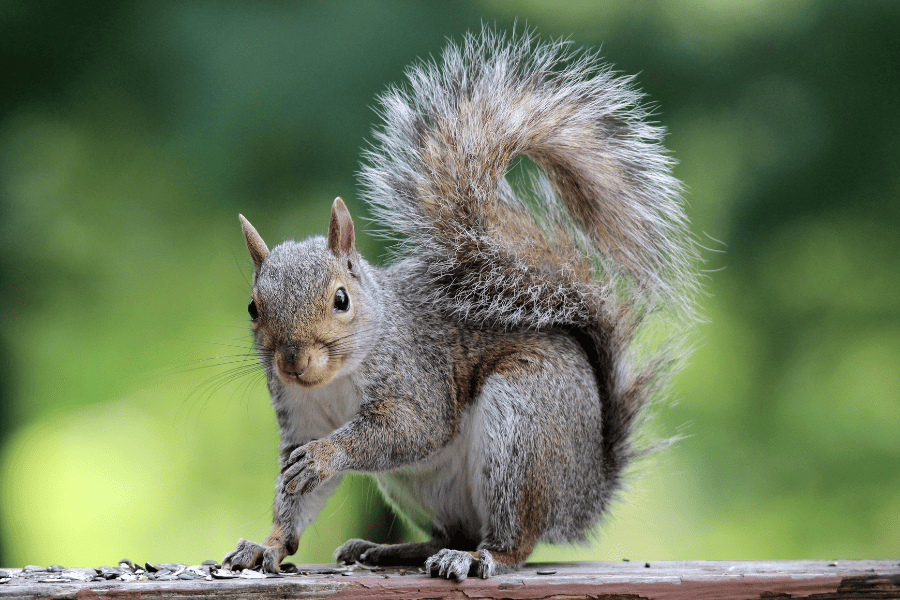
In the autumn months, squirrels have a habit of “bulking up” in preparation for the colder season. It’s common for them to seek refuge in attics, using these spaces to build their nests and stash their food supplies. However, their presence in homes can be particularly problematic since they tend to gnaw through wires and wood, potentially causing substantial damage to your residence. The best prevention tips for squirrels are to install chimney caps or screens and to take down bird feeders in the fall.
Wildlife control can be a difficult task due to some regulations for certain species. Give your local Georgia wildlife company a call today for a customized plan and a free inspection!
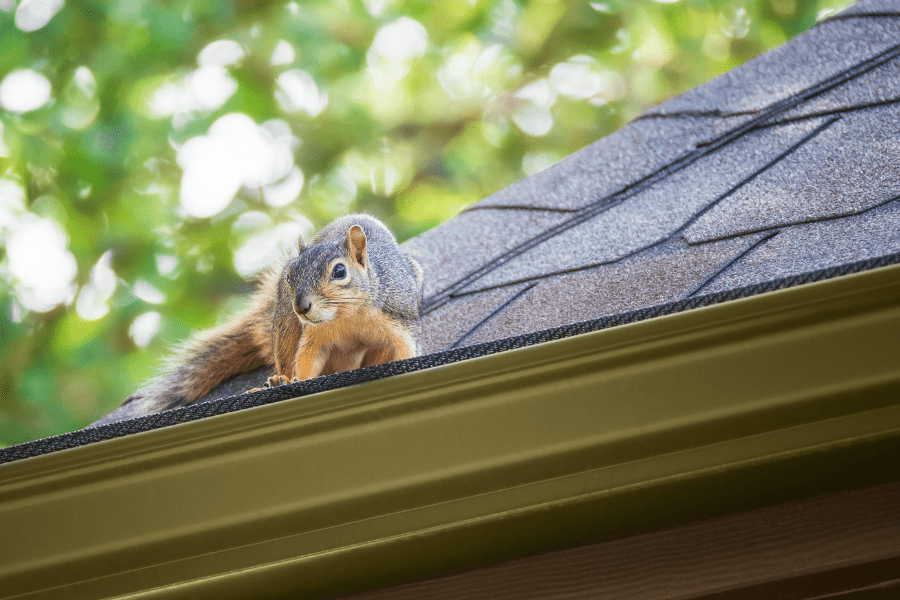
Fall is in full swing, and winter is just around the corner. We aren’t the only ones preparing to stay indoors longer than usual. Wildlife are also thinking about making their way inside. This typically means our homes could become refuge for the critters. There are a few wildlife creatures to look out for once it begins to get cooler – squirrels, raccoons, rodents, and more!
Most homeowners don’t think they have a wildlife problem, because they’ve probably never seen it with their own eyes. That isn’t the case. Most homeowners don’t notice the problem because most of the creatures are nocturnal and will only be active at night. The most common signs of a wildlife problem are:
DIY Wildlife Prevention Tips
Many homeowners don’t even realize the things they’re doing that attract wildlife into their homes. Here are some of the best ways you can prevent an infestation in your home this winter!
If you begin to notice signs of wildlife in or around your home, be sure to reach out to your local wildlife control company and they can help determine the critter causing the issues and create a customized solution to get rid of them.
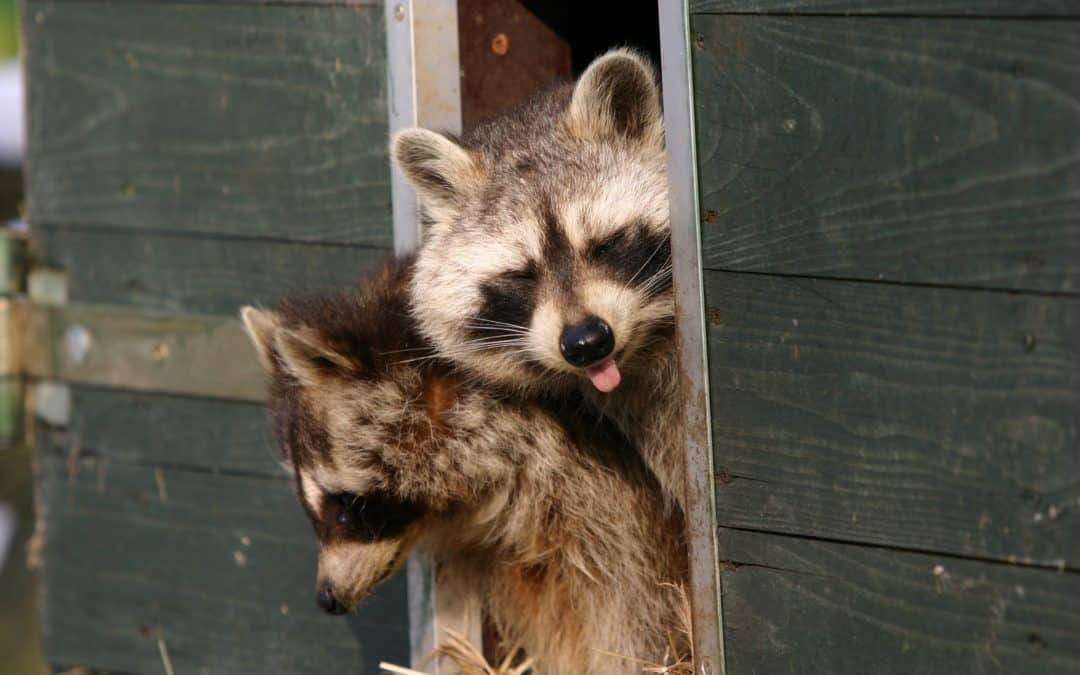
Fall is just around the corner! While we are all eager for that brisk fall breeze to arrive, we know that as the temperatures get cooler, certain wildlife creatures will be more active during the fall season. Wildlife such as squirrels, mice, opossums, and rats are just a few that will start to look indoors for a warm habitat and food source. Before the fall season arrives, every homeowner should start wildlife control preparations early to help prevent these animal intruders from getting inside.
Wildlife animals are constantly in search of food and water to survive. Animals such as opossums and rats often look to garbage cans to find food, making a huge mess in the process. To keep them from scavenging through your trash cans, make sure your garbage isn’t overflowing. Keep your exterior garbage cans secure by locking and sealing the lids overnight.
Raccoons, squirrels, and birds will easily sneak into open gaps or holes leading right into your home. Screen attic vents and openings in chimneys can provide them with ideal openings. Ensure that the vents and chimneys are fully screened and sealed off. Likewise, check around the exterior of your home for any gaps or holes leading inside. Rats and mice only need a small opening to get inside, so ensuring that you’ve sealed any openings can help eliminate the chance of infestation.
Your yard is the first thing that wildlife creatures will enter. Keeping your yard well-maintained can help to prevent these pests from inhabiting. Make sure to clean up leaf piles, brush, and debris throughout the yard. When cleaning up the piles, put them in sealed waste bags and store them in the garage until garbage day. Trim your tree limbs or branches away from your roofline as animals, such as squirrels, will use them as a guide to enter inside the home.
Preventing wildlife from entering your property can be difficult but possible. If you’ve noticed more wildlife creatures than usual, consider calling your professional wildlife control company. These wildlife exclusion experts will inspect your home, identify entry points, safely remove infested animals, and prevent them from entering in the future!
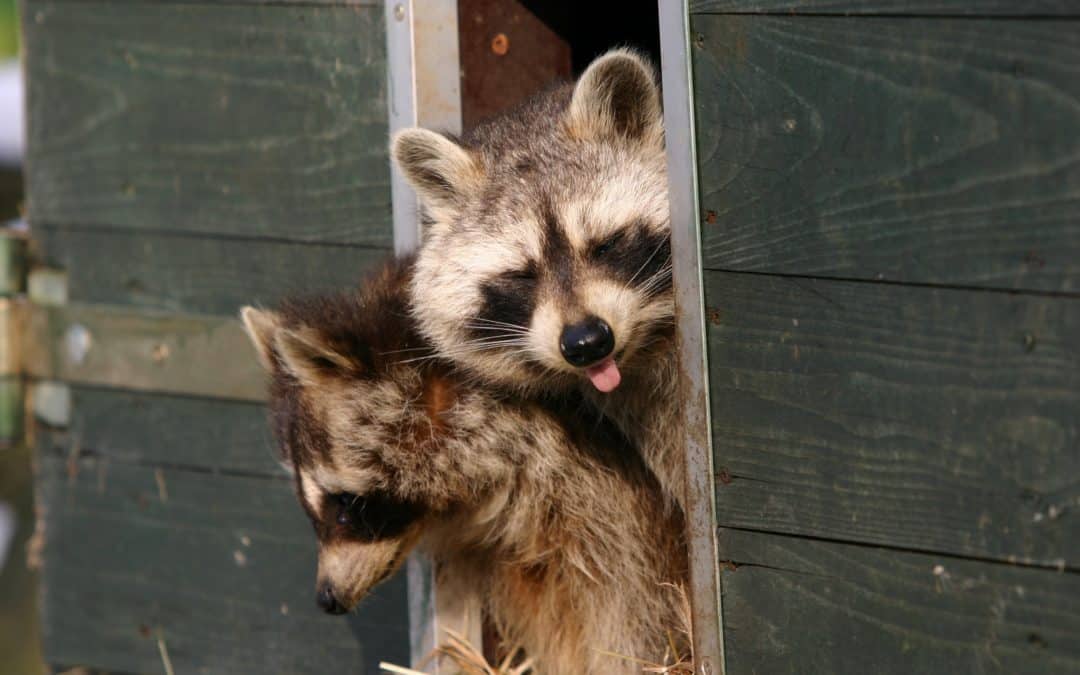
The temperatures have dropped, the warm heat is running throughout the house, and we are all bundled up under a blanket come nightfall. While we enjoy the indoor warmth, the creatures outside could be a bit envious. Most wildlife animals are looking for shelter to keep them warm and provide them with a food source. We breakdown some common wildlife that roam about during the colder months and why they can be harmful to your home and family.
Norway Rats
One common pest encountered in the fall and winter is the Norway rat. These rodents are most active at night, when they begin their search for food and water. They exist in large numbers and are known to produce up to 5 litters per year with an average of 7 babies per litter! If given the opportunity, Norway rats will enter through open holes and gaps leading inside your home. If they gain access, they can be dangerous as they will chew electrical wires, putting you at risk of house fires.
Raccoons
While raccoons can look cute to some, having them destroy your property is not ideal for any homeowner. These animals are talented, capable of using their paws to open doors and lids. They often live in hollowed trees or caves but can also sneak inside the attic and garage to find warmth and food. Once these pests find a food source, they will keep returning to search for more. This can be not only dangerous, as there is potential they could have rabies, but it is also a nuisance as they can cause considerable damage to your roof or inside the home.
Squirrels
Squirrels spend most of their time in trees foraging for food. While these animals might look harmless, they can easily become a threat if they find themselves inside your home. These pests are looking for a food source and will commonly invade bird feeders, garbage cans, and attics. If access is gained into your attic, squirrels can cause damage to the wood, insulation, wires, and even storage boxes. Their urine and droppings can also contaminate attic insulation, which can be extremely costly to replace.
If you suspect that one or more of these wildlife creatures have gotten inside your home, it’s best to contact your local wildlife control company. A professional will be able to locate any entry points, create a customized plan, and prevent them from returning in the future.
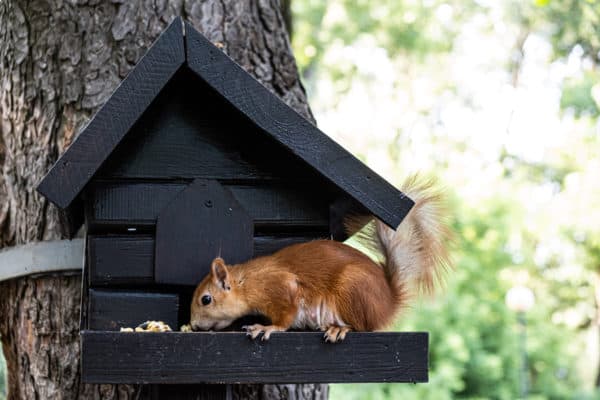
Fall is a busy time for wildlife. As the days get shorter and temperatures drop, animals begin their frantic preparations for winter. Fall is a time to stock up on food and find warm places to shelter over the cold winter months. These preparations often lead wildlife into your homes in search of food, warmth, and shelter. There are several common critters that become more active in the autumn months. Here are some of the most common along with ways to prevent them from taking up residence in your home.
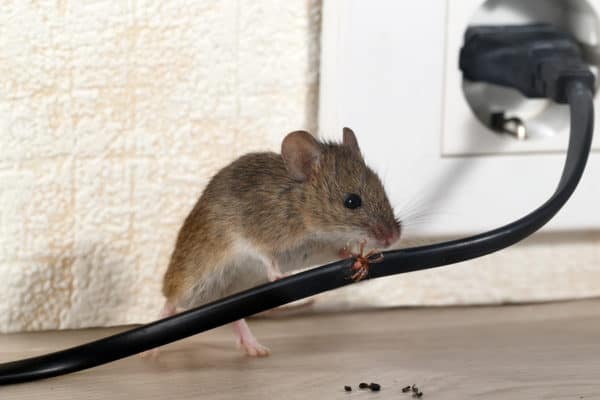
Rodents such as rats and mice will often seek shelter in your home because it provides them with a readily available food supply throughout the winter. You will begin to hear their activity in the walls and attic in the fall as they start storing food in their nests. You can prevent rodents by:
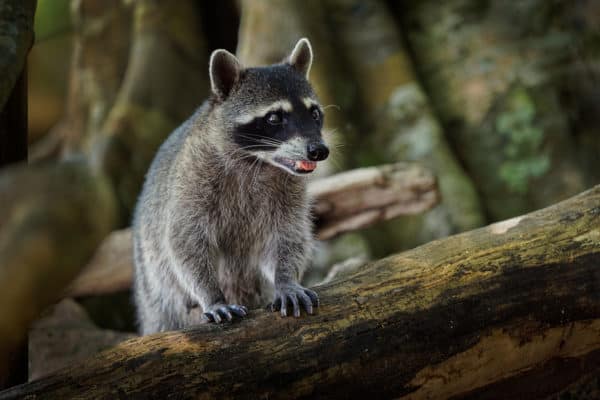
Raccoons are nocturnal creatures that hunt for food at night. They start to “fatten up” in the fall in preparation for the cold winter months with a scarce food supply. This makes them more active and more creative in their search for food – often leading them to your trash cans and home. Raccoons will often enter your home via the roof and are known to seek shelter in attics and crawlspaces. You can prevent raccoons by:
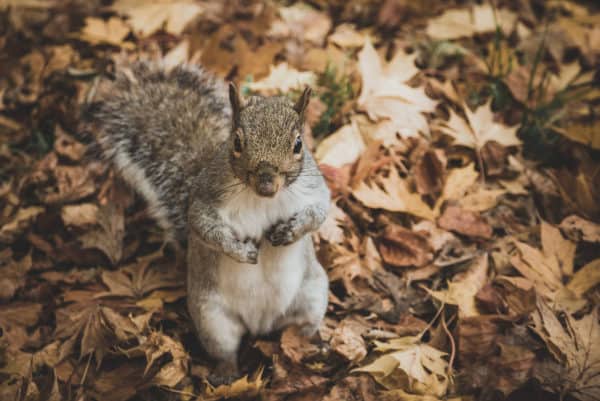
Like raccoons, squirrels also like to “fatten up” in the fall as they get ready for the cold months of winter. Squirrels will often seek shelter in attics where they will make their nests and store their food. Squirrels are especially hazardous in homes because of their tendency to chew through wood and wires, creating the potential for significant and costly damage to your house. You can prevent squirrels by:
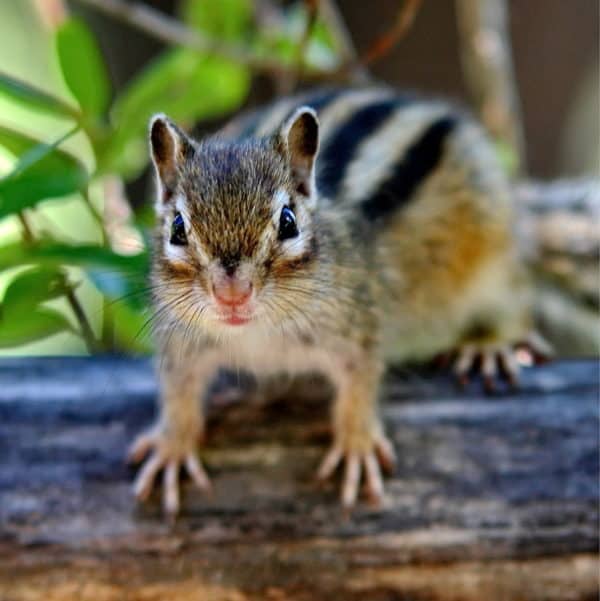
Chipmunks behave very similarly to squirrels with one exception – they will burrow in your yard instead of nesting in your home. Chipmunks build burrows in areas where they can easily access food during the winter. Chipmunks eat the same diet as squirrels including seeds, nuts, berries, grubs, and roots. Chipmunk burrows can cause serious damage to your yard. You can prevent chipmunks by:
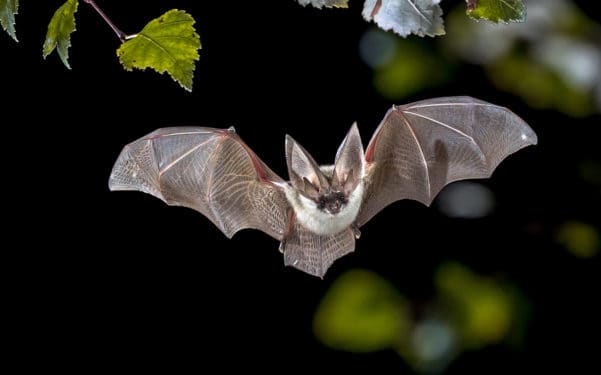
Bats will roost once temperatures dip below 45 degrees Fahrenheit. While some species will migrate south once the weather cools off, others will hibernate until spring. They will search for warm, dark spaces to roost that are hidden from predators but still easy for them to access. Unfortunately, they will often make their roosts in the attic or chimney of your home. You can prevent bats by:
Wildlife removal can be difficult and is oftentimes best left to a professional. If you suspect you have a problem with wildlife, contact a professional wildlife control company who can inspect your home to identify your animal problem, determine where they are getting in, remove them, and prevent the animals from getting into your home in the future.
What’s the Difference Between Centipedes and Millipedes?
Winter Weather Forces Rodents and Other Pests Indoors
Granddaddy Long Legs Aren’t Spiders